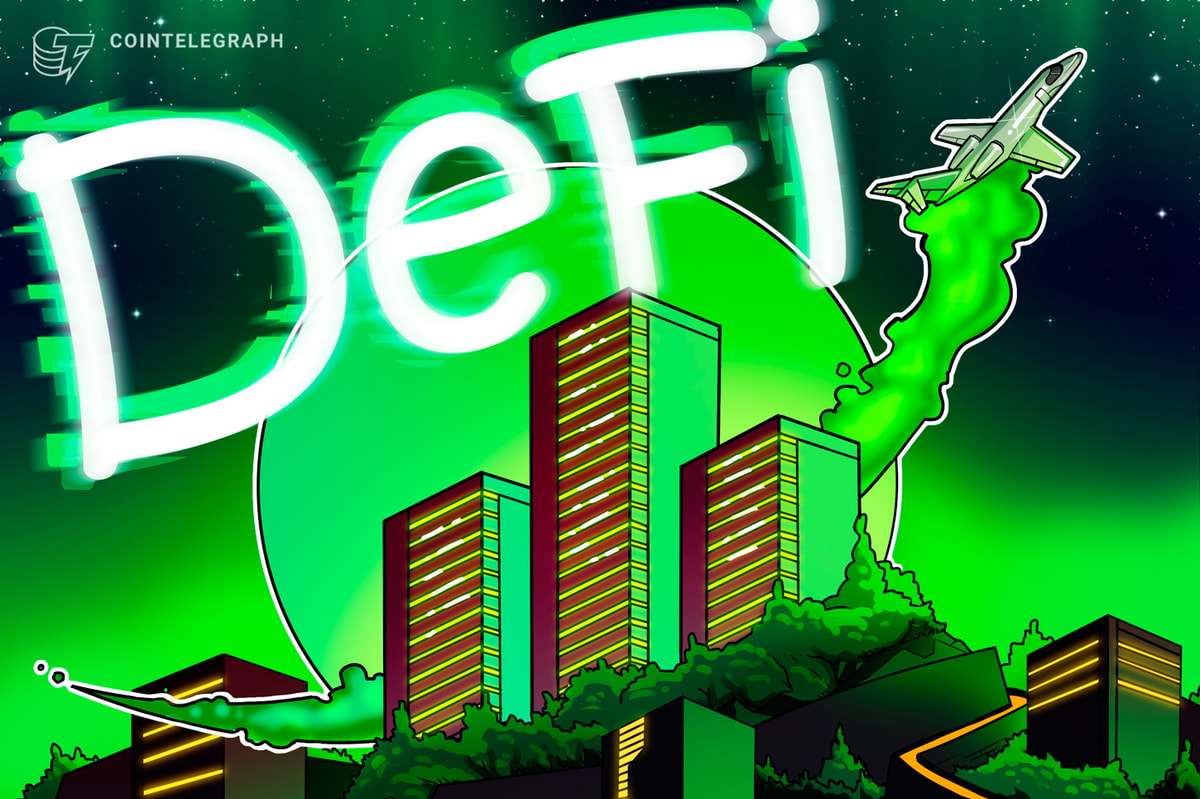The need for Bitcoin layer-2 (L2) solutions has become more apparent than ever following the launch of the Runes protocol.
Runes are a new Bitcoin (BTC) token standard allowing users to create fungible tokens on the Bitcoin blockchain. They were created by Casey Rodarmor, the creator of Ordinals, which enabled Bitcoin nonfungible tokens.
While notable, Runes’ popularity has resulted in astronomical Bitcoin transaction fees and unprecedented network congestion.
A Dune Analytics dashboard shows that millions of Runes transactions have been processed, accounting for 68% of all Bitcoin transactions made since the protocol launched.
According to research from blockchain asset management firm Spartan Group, the introduction of Ordinals resulted in Bitcoin fees increasing as much as 280% year-to-date by December 2023.
The report notes that this marked heightened activity on the Bitcoin network, reflecting demand for Bitcoin L2 scaling solutions.
Rena Shah, vice president of products and operations at Trust Machines, told Cointelegraph, “641,668 Bitcoin transactions occurred on Bitcoin because users wanted to etch Runes and make their BTC productive. Transaction bloat is the canary for Bitcoin builders in the coal mine. It’s time for L2s to scale in the direction users are going.”
Shah believes that a “Bitcoin L2 summer” is unfolding, which will result in an influx of scaling solutions.
“Similarly, when Ethereum transaction fees became unbearable for daily use, the community quickly embraced L2s,” she added.
Recent: Changpeng Zhao four-month prison sentence lighter than expected
Daniel Fogg, CEO of Rootstock Labs, told Cointelegraph that while Bitcoin can handle Runes’ increased activity, the main chain fees present an opportunity for L2s that can successfully scale the network and expand its functionality.
“Runes (like Ordinals and inscriptions) have brought excitement back to the idea of building on Bitcoin. But if you are going to build a new economy, storing and transferring value are not enough. You need Turing-complete smart contracts, developer tools and much more,” he added.
Bitcoin L2s in development
Given these needs, a number of Bitcoin L2 solutions are coming to fruition.
For example, Fogg said that Rootstock is a Bitcoin L2 solution that combines the security of Bitcoin with the programmability of Ethereum.
Rootstock falls into Spartan Group’s “Big Four” category for emerging Bitcoin L2 solutions. According to Spartan Group’s Bitcoin Layers Report, Rootstock brought Ethereum Virtual Machine (EVM)-compatible smart contracts to Bitcoin through its RSK Virtual Machine, known as RVM. The report notes, “With RVM, developers can port Ethereum contracts on top of Bitcoin.”

Fogg noted that Rootstock is one of the longest-running Bitcoin sidechains, with over $460 million bridged in total value locked.
“Over 60% of the hashing power of Bitcoin secures Rootstock through its unique merged mined consensus mechanism. Even Bitcoin’s latest halving block contained a Rootstock tag,” Fogg remarked.
The Stacks network, which launched in January 2021, is another well-known Bitcoin L2. The Stacks Bitcoin L2 uses a proof-of-transfer consensus mechanism that runs parallel to and reuses the computational power of Bitcoin’s proof-of-work consensus.
Shah said that while Stacks has been in development for years, the network will soon receive a major upgrade that will finally make it a usable Bitcoin L2.
She said, “The Stacks Nakamoto is a major upcoming upgrade for the Stacks layer, making it faster and more secure.”
Specifically speaking, Shah explained that the upgrade will create faster block times, Bitcoin finality and miner extractable value upgrades.
“With these changes, Stacks is moving into a true, usable L2 category that unlocks BTC capital from the layer-1 for use in L2 apps. Think DeFi [decentralized finance], Web3 identities, real-world assets and more. $1 trillion in BTC capital can finally shift from a passive asset to a productive asset,” said Shah.
More Bitcoin L2s underway
While Rootstack and Stacks are some of the longest-standing Bitcoin L2s, Fogg believes that more solutions are on the horizon.
Alexei Zamyatin, co-founder of Build on Bitcoin (BOB), told Cointelegraph that he estimates at least 40 Bitcoin L2s have recently been announced.
“I’ve been following this space closely and have come across a few websites that list emerging Bitcoin L2s,” said Zamyatin.
Zamyatin added that BOB — a hybrid L2 solution — will launch its mainnet on May 1.
“BOB combines Bitcoin features with the innovation capabilities of Ethereum like EVM, smart contracts and self-custody Web3 wallets,” he said.
Bitcoin L2s create more use cases
While these innovations will likely positively impact the Bitcoin network, it’s important to understand their impact on Runes.
Knut Arne Vinger, chief technology officer and co-founder of Coinweb Labs, told Cointelegraph that Bitcoin L2 solutions can extend Runes’ functionality, making them more composable with other Bitcoin data. This is important, as it’s been noted that Runes are currently akin to memecoins with little, if any, utility.
Yet Vinger explained that a Coinweb reactive smart contract can be used to monitor transactions involving Runes to add mechanisms such as collateralization and other incentive mechanisms to extend use cases.
“Coinweb is about to activate its unifying L2 computation layer on top of Bitcoin, which will allow users to run smart contracts on Bitcoin using their existing Bitcoin wallets. We believe that this, combined with mechanisms for settlement in native Bitcoin, will be a game changer,” he said.
Recent: Q-Day approaching: Can Ethereum survive a quantum emergency?
Fogg added that other Bitcoin L2 solutions are focused on creating stronger, safer bridges to Bitcoin using BitVM. ZeroSync project lead Robin Linus announced BitVM in a white paper titled “BitVM: Compute Anything on Bitcoin” on Oct. 9, 2023. BitVM enables Turing-complete Bitcoin contracts without altering Bitcoin’s consensus rules.
“This opens up the possibility of developing optimistic rollups connected to Bitcoin,” said Fogg. “Most of the L2s that have published white papers or launched testnets in recent months are doing some variant of this.”
However, Fogg warned that many Bitcoin L2 solutions being developed today may just be for hype.
“Rootstock’s view is that in order to be considered a Bitcoin L2, the blockchain must use BTC as its native asset, use Bitcoin as a settlement mechanism to enforce transactions and demonstrate a functional dependence on Bitcoin. Everything else is just affinity marketing,” he remarked.









